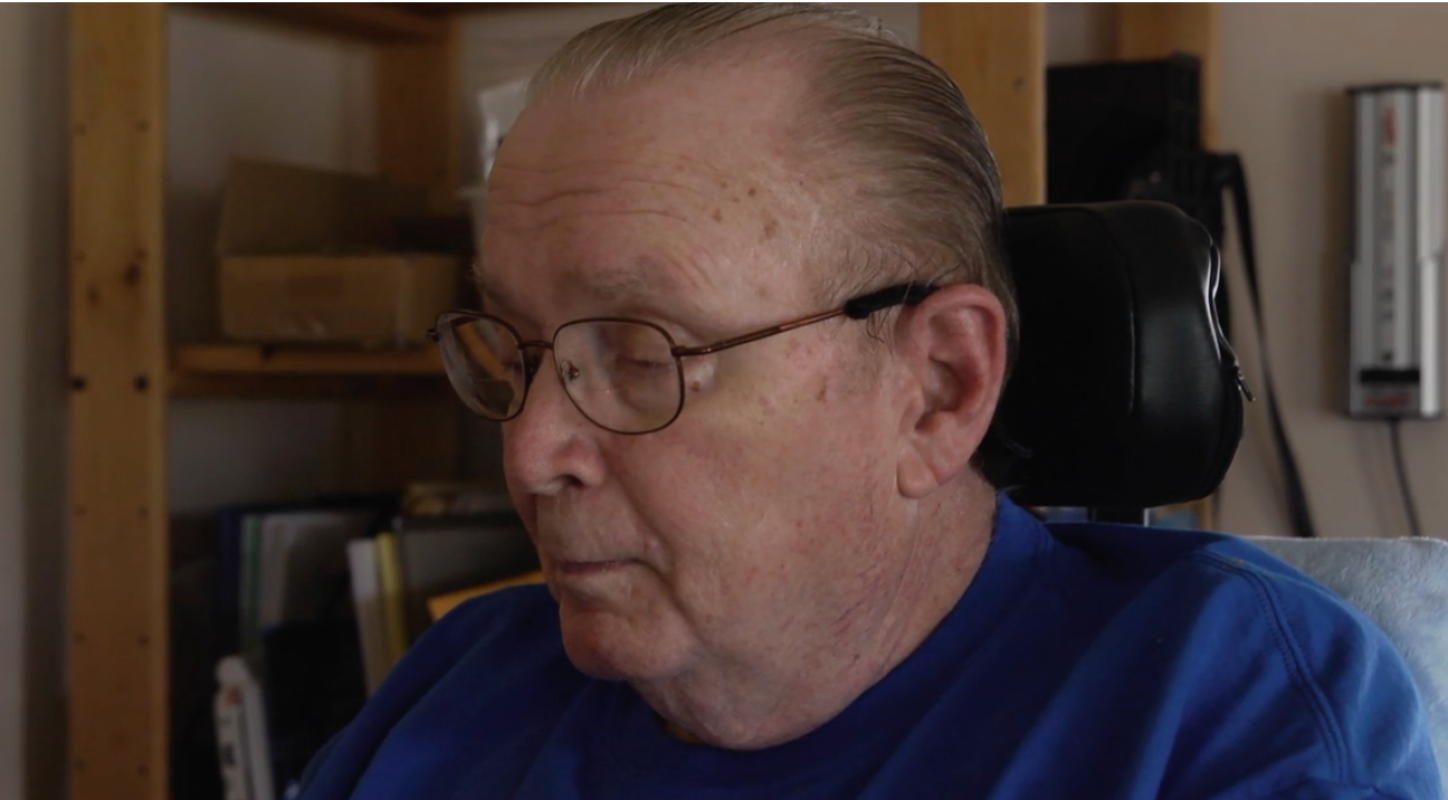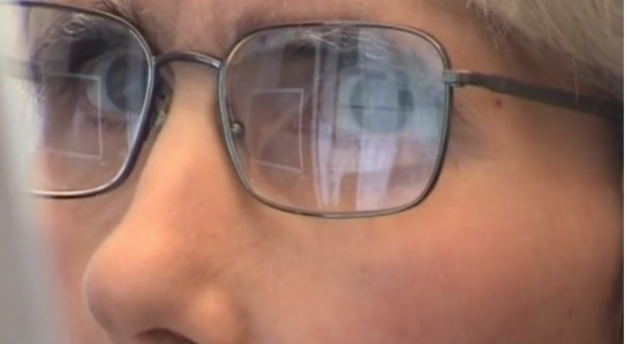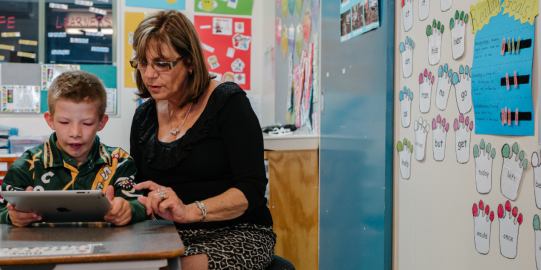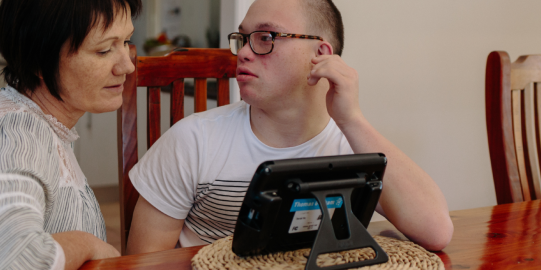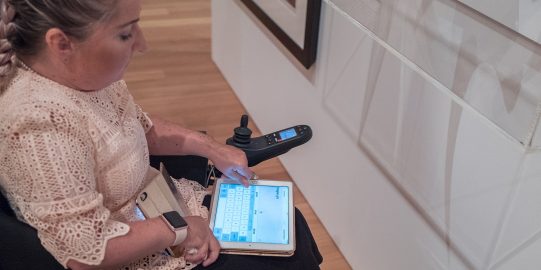A disease that would slowly but steadily rob him of his mobility, his speech and ultimately his life. I refused to believe a disease like that existed. Little did I know that my life would later take a course in which I would not only develop close relationships with a number of people living with this devastating disease, but that I would actually be developing software to help them continue to lead a meaningful life.
What is ALS
Amyotrophic lateral sclerosis (ALS), also referred to as MND (motor neuron disease) or Lou Gehrig’s disease, is a progressive neurodegenerative disease that affects nerve cells in the brain and the spinal cord. Motor neurons connect the brain through the spinal cord to the muscles throughout the body. As ALS causes the motor neurons to degenerate, the ability of the brain to initiate and control muscle movement is lost, eventually leading to total paralysis. Arms, legs, speech, swallowing or breathing are gradually affected but the order may vary from person to person. And while the ice-bucket challenge and the ‘Theory of Everything’ have undeniably increased the awareness of ALS, relatively little is still known about its cause or cure. The one thing that I have personally witnessed over the years is that ALS typically hits people at the peak of their lives with devastating impact on the individuals and their loved ones.
My personal ALS journey
When I started AssistiveWare my goal was to develop an on-screen keyboard for a friend who had a spinal cord injury after a car accident and needed help accessing his Mac. Soon after that I was contacted by people diagnosed with ALS. Also they were looking for ways to continue to access their Mac even though they could no longer use a mouse or keyboard.
Marie-France
The first person I met with ALS was Marie-France, a mathematician and teacher who lived in Paris. She was one of our first SwitchXS users and an amazing inspiration. When I first visited her she could no longer move her limbs or speak. She used SwitchXS to access her computer with a slight twitch of a cheek muscle and thus was able to go online and take care of the family’s shopping and banking. Until a few years ago, I visited her and her husband once or twice a year in Paris and even got to know her children. In 2012 I attended her funeral after she lost the unfair battle against her disease.
